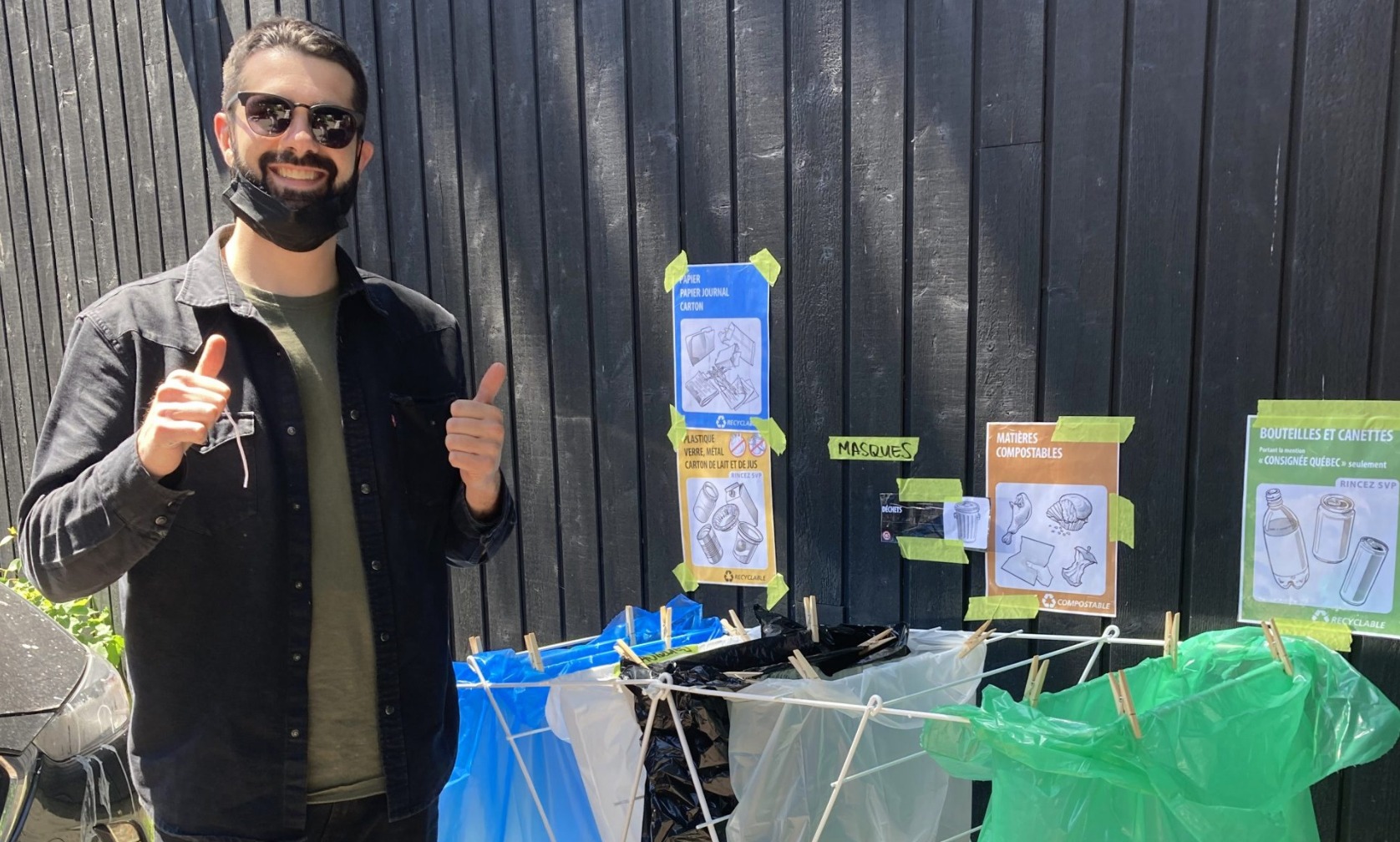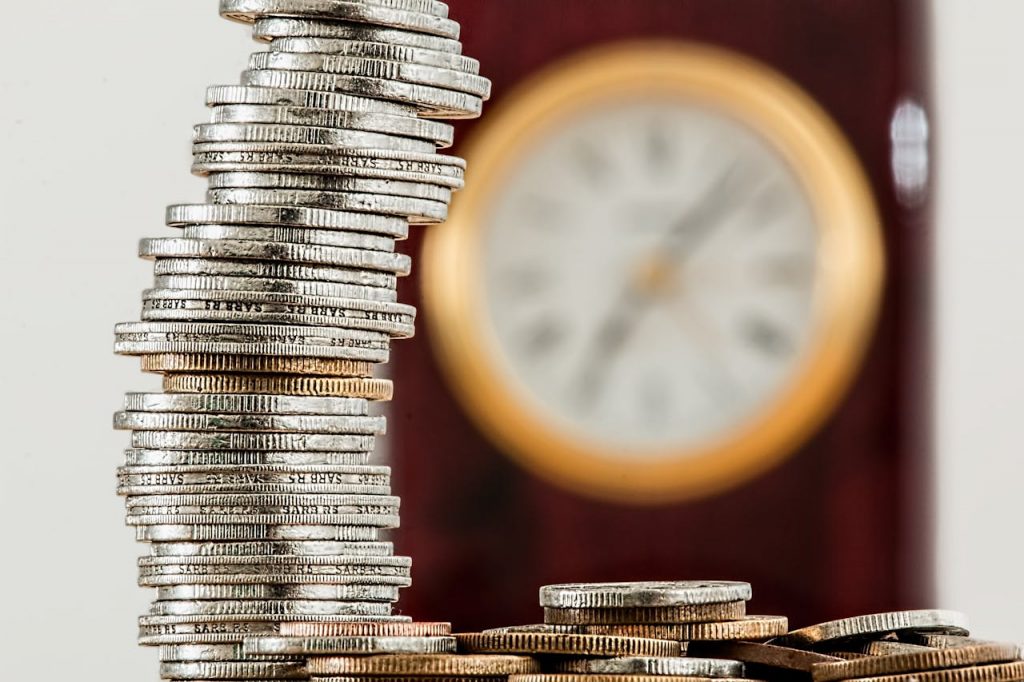Last year, Koze Productions took advantage of the filming of its fictional webseries Vidanges to experiment with a “green” set, within its means and capabilities. The team has now published a “greenbook” to illustrate the challenges and opportunities that such an initiative presents. Interview with Vincent Chabot, producer and president of Koze Productions.
The webseries you produced – Vidanges, winner of the Vivats 2022 prize – had an obvious environmental theme. We suppose the idea of a “green” set was obvious from the outset?
Vincent Chabot: Yes and no. When we started the project 4 years ago, I couldn’t say that the green plateau was our intention. We wanted to take eco-responsible action during the shoot, but it was really when the shooting period arrived and we became aware of the “On tourne vert” (We film green) accreditation – which didn’t exist 4 years ago – that the intention became clearer. The accreditation provides defined parameters for deploying an eco-responsible set; we said to ourselves: let’s give ourselves the means to establish the highest possible standard, and let’s document it all through our greenbook.
What is the carbon footprint of a film set?
V. C. : The 4 main elements are transportation – how to get to the filming location -, stage management – so everything to do with generators for the actors’ trailers, meals and waste production, and sets – we create, produce and buy so many costumes and set elements that are rarely reused.
Among the initiatives deployed during the shoot, you recycled, encouraged artisans to take public transport or carpool, reduced the use of paper on the set… How was this received?
V. C. : I was inspired by Barbara Shrier, who has been doing eco-responsible shoots for a long time now, and who doesn’t print scene reductions for the actors… However, we encountered a lot of resistance to this idea. So we had to go from 100% paperless to 75%. There’s still a lot of exploration and innovation to be done before a green set becomes the industry norm. And the methodology is developing.
Reading the greenbook, it’s clear that you’ve been creative in limiting the waste of resources such as costumes and sets.
V. C.: Costumes and set elements are a good example, indeed. Usually, we buy a lot of material that isn’t necessarily reused afterwards. On this shoot, we made agreements with both major costume designers and clothing stores such as Simons or Le village des Valeurs, to obtain clothing loans. It’s a reflex you have to develop: you have to ask yourself what the loan or rental options are? It takes a lot of ingenuity to find solutions that aren’t necessarily in place right now.
That seems to be the general observation of your greenbook: the lack of infrastructure to support green shoots.
V. C. : That was the most striking thing for us. When we decided to manage residual materials properly, including composting and recycling, we realized that the city didn’t offer any simple solutions for receiving our collection. We had to set up our own sorting station and then take our cans and compost home. Some eco-responsible measures would therefore be easier to deploy with the support of cities.
To what extent have you been able to measure and then reduce your carbon footprint?
V. C.: We mainly measured our footprint related to transport, travel and energy use on set – using an in-house tool. We would have liked to use a reference calculator like Albert, but we didn’t have the resources to do so. We subsequently offset our emissions by purchasing carbon credits.
Shooting original fiction or documentary content often has limited budgets; we’re asked to do more with less… Is it possible to imagine “green” shooting happening first in advertising, in a context where brands have ESG commitments and want to reduce their carbon footprint?
V. C. : Absolutely. Moreover, advertising shoots are short-lived, require a lot of resources and consume a lot of energy, while, paradoxically, the conversation around green sets in advertising is not very advanced.
Our ambition at Koze Productions is to rapidly implement a sustainable development policy for our advertising projects. This is where we can have a much faster and greater environmental impact. In the coming year, our efforts will focus on transposing what we’ve learned from our fiction project to apply high eco-responsible standards to advertising shoots.




